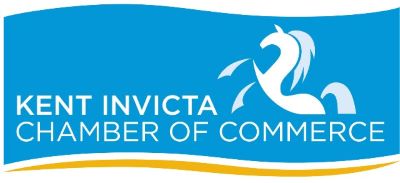Read our tips on how to identify training needs and keep your staff's skills up to date so they can carry out their jobs effectively
- Review your business objectives and identify critical activities.
- Set measurable performance standards - for example, measures of production efficiency or marketing success.
- Monitor performance to identify problem areas.
- Get feedback from customers, suppliers and other key business partners. Consider using interviews or surveys in areas such as customer satisfaction.
- Ask employees to raise concerns and make suggestions for training that could improve output, quality or customer satisfaction in line with your business objectives.
- Discuss training needs with employees during employee performance management meetings.
- Identify any dependencies - for example, where only one employee has crucial skills or knowledge.
- Review any legal requirements such as the requirement for health and safety training.
- Review any changes you plan or expect (eg new products, procedures or technologies); identify potential weaknesses and problems.
- Consider how employees? roles may change - for example, your plans to promote individuals and to develop new employees.
- Prioritise problem areas or areas of weakness.
- Assess how improving systems or equipment could contribute to resolving problems.
- Review whether poor performance is due to bad management rather than lack of training - for example, a failure to agree clear objectives and motivate employees.
- Consider whether your expectations are realistic given the calibre or number of employees available, and if you need to recruit new talent or reassign roles.
- Assess whether training will be an effective solution, employees? willingness to learn and their preferred learning style.
- Identify training options (eg job shadowing, distance learning or external training courses); set clear objectives for training activities.
- Implement a pilot training scheme and review the outcome before rolling the programme out.
- Consider training champions to disseminate best practise and run in-house training for colleagues.
- Regularly review the outcome of training to identify further training needs and to assess the effectiveness of your training needs analysis.
